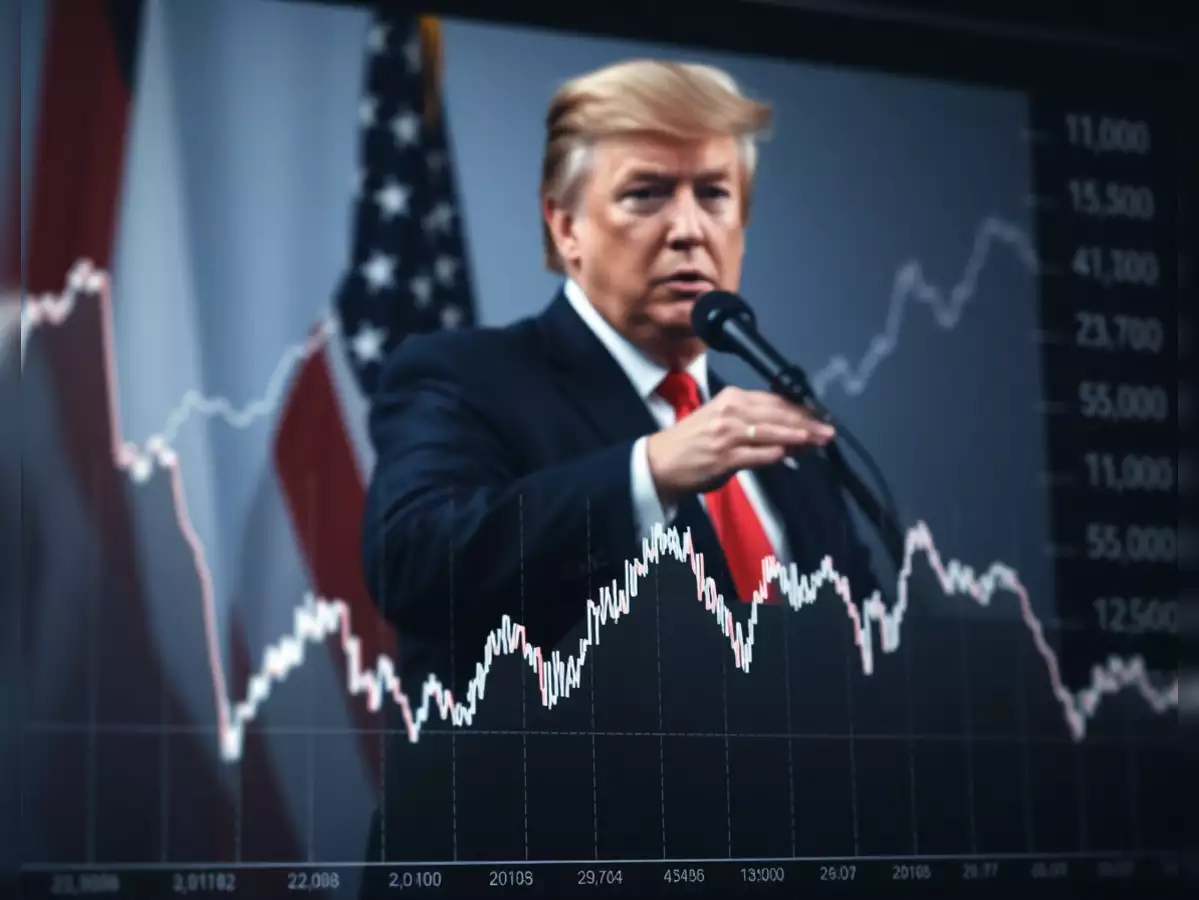Current Market Sentiment and Economic Shifts - November 2024

Current Market Sentiment and Economic Shifts - November 2024
As markets close in on the end of 2024, we’re observing a period marked by volatility, shifting sentiment, and renewed scrutiny of inflation dynamics. The USD Index reaching a one-year high and a raft of CPI data highlights a moment where global markets seem poised at a tipping point. Recent CPI reports, commentary from Fed officials, and geopolitical concerns are setting the stage for what could be a dynamic close to the year, particularly as traders look to assess growth, inflation, and policy trends into 2025.
USD Index Rallies Amid Persistent Inflation Concerns
The USD Index hitting its highest level for 2024 reflects investors’ confidence in the U.S. dollar as a safe haven, particularly with inflationary concerns looming large. October's CPI data reported a month-over-month increase of 0.2%, bringing year-over-year inflation up to 2.6% from September’s 2.4%. While these figures align with forecasts, they underscore the Federal Reserve's challenges in managing inflation without hindering economic growth. Fed policymakers remain cautious, balancing between inflation control and potential rate cuts in 2025, with recent statements suggesting that any easing will be slow and deliberate.
Fed officials are signaling a gradual cooling in the labor market, which still shows resilience despite inflationary pressures. This was echoed by Fed's Kashkari, who voiced confidence in inflationary trends but indicated it’s premature to celebrate full control over inflation. Similarly, Dallas Fed’s Logan pointed to a cautious approach toward rate cuts to prevent a potential resurgence in inflation. The rhetoric of “last mile” from St. Louis Fed's Musalem highlights that while inflation control is in sight, there is still significant ground to cover before declaring victory.
The Euro’s Decline and Dollar Strength
The euro has dropped below 1.06 USD, pressured by the dollar's rally and the European Central Bank's cautious stance. Bundesbank President Joachim Nagel has voiced concerns about tariffs from the U.S. potentially affecting the eurozone’s economic output, while Bank of France head Francois Villeroy expects moderate inflation and signals further ECB rate cuts. With the Eurozone’s Q3 GDP and employment data set to release this week, traders are anxiously awaiting signs of economic resilience that may support a potential euro recovery.
EUR/USD bears are in control, as technical indicators paint a bearish outlook with falling RSIs and an inverted hammer candle. This trend is underscored by the tightening of U.S.-German 2-year yield spreads, which diminishes the euro’s yield advantage. While the euro faces resistance to regaining ground, positive economic data from the Eurozone or unexpected weakness in U.S. consumer spending could tighten rate differentials, offering EUR/USD a lifeline.
JPY Struggles with Dollar Surge
The USD/JPY continues to climb, recently testing the upper Bollinger Band as the dollar strengthens. The yen, pressured by Japan’s accommodative policies, could see further declines unless the Bank of Japan turns hawkish in response to inflationary risks. The dollar’s strength against the yen is partly supported by a steeper U.S. yield curve and low yen volatility, which discourage Japanese investment inflows. Currently, technical levels point toward continued dollar strength, though Japanese authorities’ tolerance for yen weakness could change if inflation outlooks shift.
Mixed Signals for GBP as It Tests Key Support Levels
Sterling is testing its 1.27 support level against the dollar, affected by ongoing uncertainties around U.S. policies and the Fed's rate trajectory. With the BoE’s Catherine Mann acknowledging stubborn inflation in the UK’s services sector, there’s a sense that any dovish shift in BoE policy could exacerbate GBP/USD declines. U.S. CPI data initially supported a rise in GBP/USD, but profit-taking on USD positions led to a retracement. If U.S. inflation remains above the Fed’s target, the pressure on sterling may continue.
Gold, Oil, and Commodities’ Response to the Strong Dollar
The dollar’s ascent has weighed heavily on commodities like gold, which fell 0.62%, and copper, which dropped 1.39%. This reflects investor caution amid dollar strength, which often increases the opportunity cost of holding non-yielding assets like gold. The oil market has been buoyed slightly by reports of potential Iranian export cuts, contributing to a 0.79% gain. However, as inflation persists, the dollar’s continued strength may keep commodity prices under pressure, even as geopolitical risks remain a potential wildcard.
Bitcoin’s March to $100,000 Amid Shifting Sentiment
Bitcoin, currently trading around $87,652, is gaining momentum as it approaches the psychological $100,000 level. Bulls are optimistic, supported by a 23.6% Fibonacci level near $87,178, which has strengthened support. The broader risk-on sentiment for digital assets is reinforced by economic uncertainty and a shifting geopolitical landscape, with the cryptocurrency market increasingly seen as a hedge against inflation.
In summary, market sentiment remains complex, with investor optimism over growth tempered by inflation risks and evolving central bank policies. As U.S. yields rise and equity markets reflect cautious optimism, global traders are watching the dollar’s momentum and assessing economic data closely to anticipate the Fed’s next moves.

